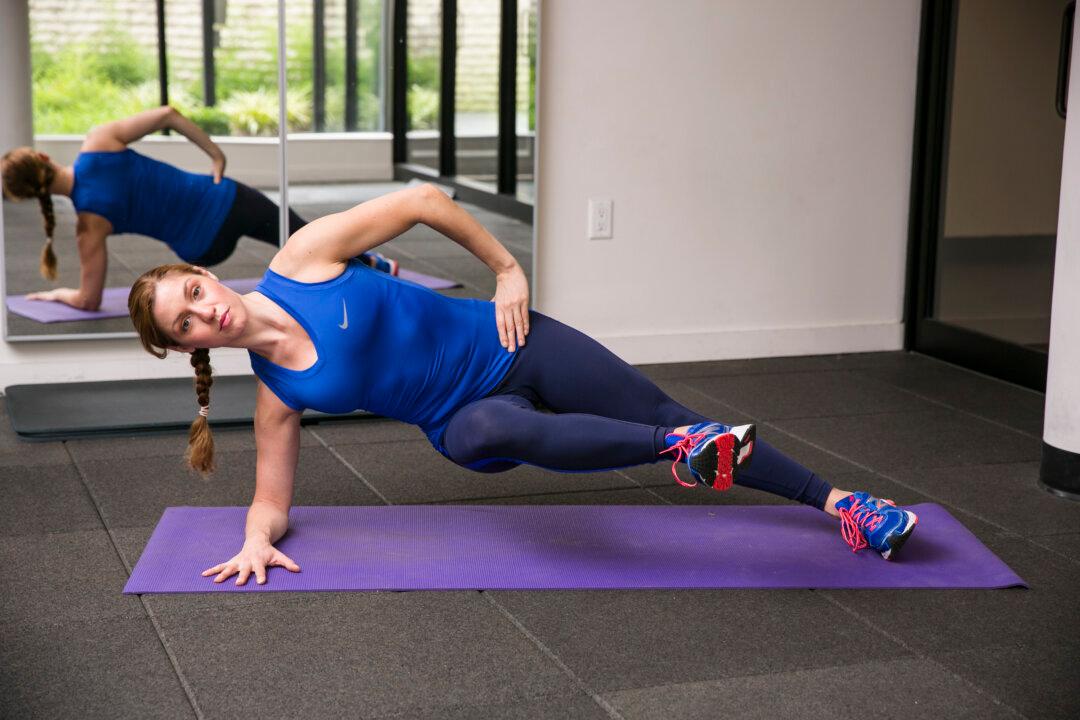When we breathe, it is important to use primarily the diaphragm to draw the air in. Other muscles, such as our chest and ribcage muscles, work to assist the diaphragm to inhale; however, many people no longer depend on their diaphragm to breathe.
You know you are breathing from your diaphragm when your abdomen, as opposed to your chest, expands.
If you do not breathe properly, you will not be able to get a flat and strong belly, you will not handle stress or pain well, and you will be at risk for back and hip pain due to less stability of your core.
Through diaphragmatic breathing, you can learn how to connect to your deep abdominal muscle, the transverse abdominus (TVA). The TVA is literally responsible for holding in your guts, supporting your spine, and flattening your belly. Without a strong and functional TVA, it is very easy to suffer from back and hip pain.
As you inhale, expand your belly out as if it were a balloon puffing up with air. Try to leave your chest muscles out of it.
As you exhale, draw your navel in toward your spine. Exhale until all the air is pushed out of your body. At the end of the exhalation, you should feel a tightening of the muscles in your abdomen.
Once you find this breath, try these exercises:
The Elevator
Inhale and expand your navel out. As you exhale, your navel will draw in. Imagine an elevator traveling from your navel to your spine. Draw the navel back six flights, pausing at each flight as you do so.
Repeat 10 repetitions and 3 sets everyday.
Belly Breath on All Fours
Kneel on all fours. Keep your hands in line with your shoulders and your knees in line with your hips. Keep your spine in a neutral position.







